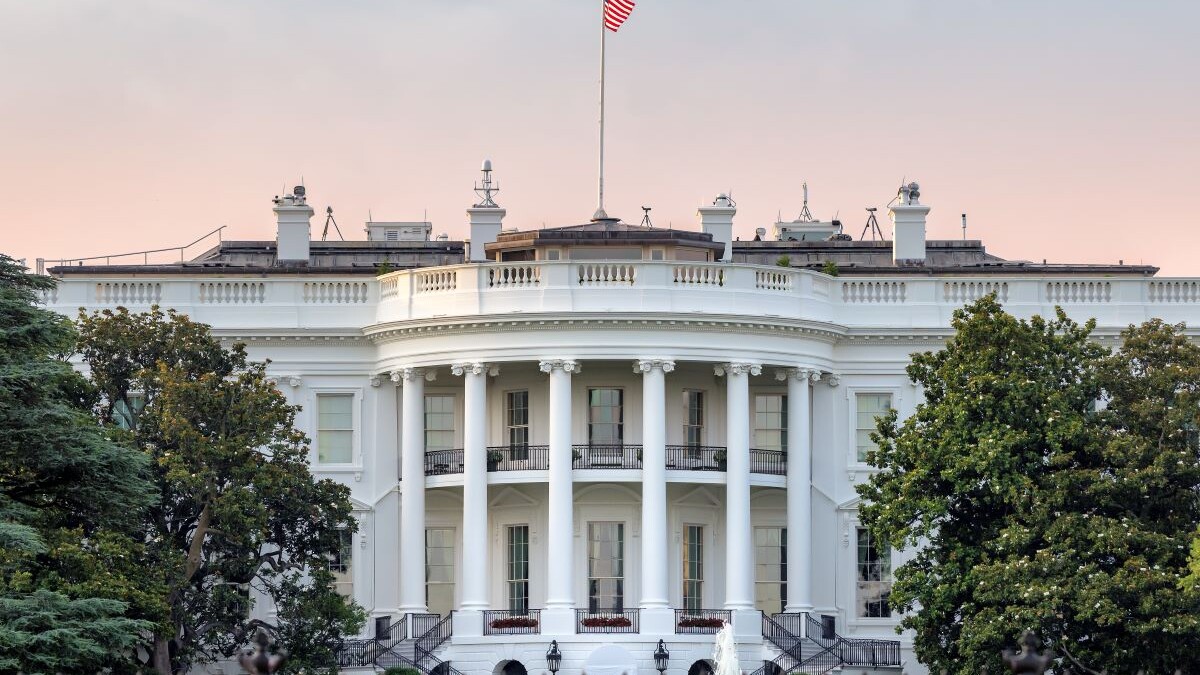Global Equities
Global equities continued their march upward in the first quarter bolstered by widespread vaccination efforts, a fresh round of fiscal stimulus, and renewed confidence in an economic recovery. U.S. stocks led the charge with gains of 6.2%, followed by international developed equities which returned 3.5%; emerging market equities were up 2.3%. Small-cap stocks outperformed large-cap equities. Catalyzed by rising interest rates, value bested growth for the second straight quarter, with the Russell 1000 Value Index up 11.3% compared to the paltry 0.9% gain by the Russell 1000 Growth Index. In a reversal from last year, energy led all sectors, followed by financials, while technology and consumer discretionary stocks lagged.
In hedge funds, equity-linked strategies posted a strong first quarter, returning 7.4%, according to the HFRI Equity Hedge Index; their strong performance follows long/ short equity’s best year since 2009. However, it wasn’t smooth sailing for all: retail trading frenzy around stocks such as GameStop and AMC caused massive losses in a handful of hedge funds in January, while fueling market volatility. This tumult was followed by unprecedented selling volume in a handful of concentrated names with the unwinding of Archegos Capital in March.
Meanwhile, global private equity fundraising totaled $197.8 billion for the three months ended March 31, up from $162.8 billion a year earlier, according to Preqin. U.S. buyout deal activity—confirmed and estimated—came in at a robust $203 billion, but below the prior quarter’s decade-high of $293.7 billion, according to PitchBook data. U.S. buyout exit activity totaled $162 billion, the second highest total on record, according to PitchBook. In venture capital, deal activity hit a single-quarter high of $69 billion in the first quarter, fueled mostly by large late-stage deals of $50 million or more; during the same period, exit activity was strong, totaling $118.1 billion, according to PitchBook.
Global Fixed Income
U.S. interest rates rose significantly during the quarter, reaching pre-pandemic levels. Losses were felt across interest-rate sensitive indexes as a 0.8% increase in 10-year Treasury yields negatively impacted the fixed-income market. Investment-grade and high-yield spreads continued to compress in the first quarter with significant spread tightening occurring in lowerquality credit. However, returns for U.S. corporate credit were largely negative due to interest rates moving higher. The Bloomberg Barclays U.S. Aggregate Index was down 3.4%, while the Bloomberg Barclays U.S. Corporate High Yield Index was up a modest 0.8%.
Meanwhile, hedge fund indexes focused on structured credit and distressed debt started the year strong with the HFRI Relative Value Index returning 3% and the HFRI ED: Distressed/ Restructuring Index increasing 8.8%. Emerging market debt was in the red as the JPM EMBI Global Diversified Index and the JPM GBI-EM Global Diversified Index lost 4.5% and 6.7%, respectively.
Real Assets
Real assets continued their strong performance in the first quarter as oil prices (WTI) rose over 22% to $59 a barrel. Capital expenditures for most energy companies have tapered while OPEC has held firm with production cuts, creating a more constructive price environment. As a result of recent market volatility, the cost of capital for energy investments has increased and investors have been rewarded so far in 2021. However, the uncertainty around the supply-demand equation is likely to result in ongoing market volatility.
Elsewhere, private core real estate was in the black in the fourth quarter; the NCREIF ODCE Index posted a 1.3% gross quarterly return, resulting in a gross total return of 1.2% for 2020. REITs posted their fourth consecutive quarter of gains, up 8.5% in the first quarter. All sub-sectors were up, but previously out-of-favor property types such as retail and lodging bounced back in the first quarter as investors rebalanced their portfolios. Infrastructure indexes gained 4% in the first quarter. The accelerated demand for data should provide a continued tailwind for digital infrastructure. This trend, coupled with the stability of contracted assets like renewable energy and utilities, offset some of the weakness exhibited by the transportation sector.



